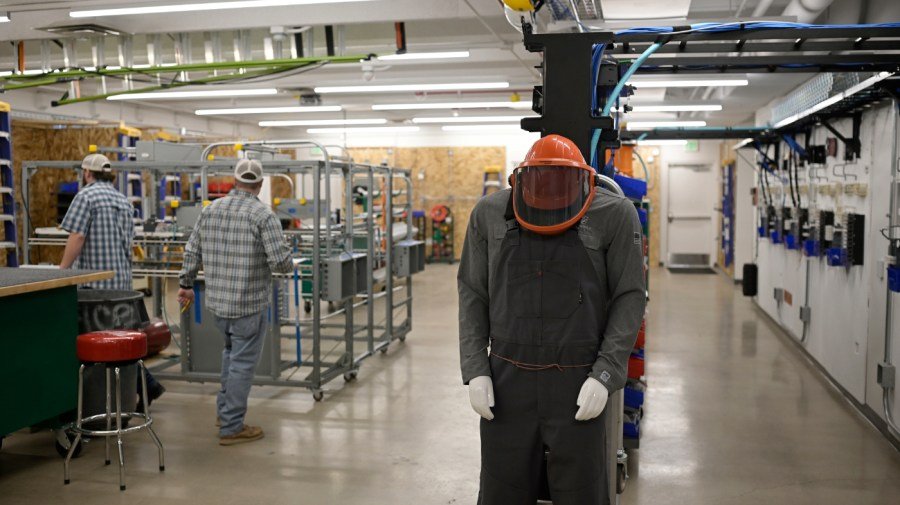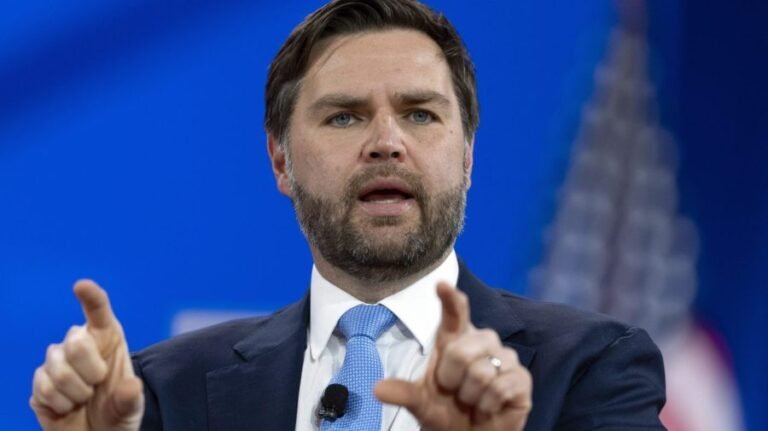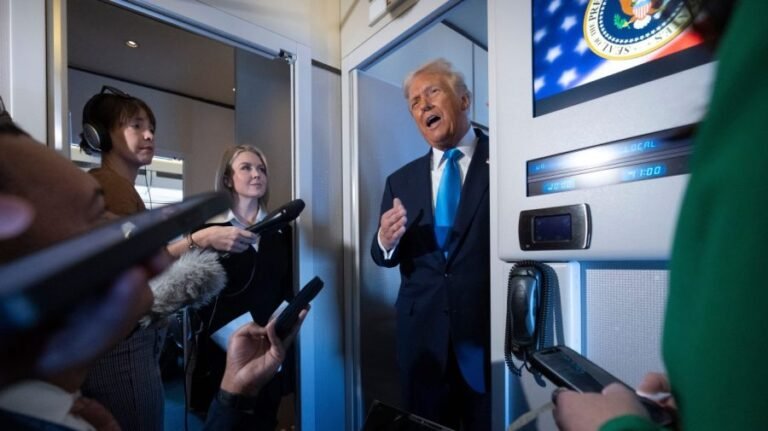
President Trump’s political rise has been a stress test of American democracy — maybe the most serious we’ve faced since the Civil War. To prevent irreparable damage to our economy, our social cohesion, and the rule of law, our country needs a bigger, stronger Democratic Party.
Yet U.S. voters see the opposition party as weak and rudderless. Whether measured in terms of electoral competitiveness, public approval ratings or party registration, Democrats have hit a political nadir.
You don’t have to be a partisan Democrat to think that’s bad for the country — not just for the world’s oldest political party. Robust electoral competition is our best defense against populist demagogues who seek to monopolize political power.
But the party coalition has shrunk over the last decade as Democrats traded breadth of public support for youthful intensity and ideological zeal. By tailoring their governing agenda mainly to the specifications of liberal-left college grads, they have alienated voters without degrees and made themselves uncompetitive in a growing number of states.
How does a failing party turn itself around? By owning its mistakes and dramatically changing course.
That’s harder than it sounds. Party leaders are always tempted to fall back on the “better messaging” dodge, either to avoid factional infighting or because they think they’re right and the voters are wrong.
Washington is full of message wizards who assure them there’s no need to rethink the party’s political strategy or policies; a few linguistic tweaks here and digital fixes there is all they need to start winning again.
U.S. voters, however, are pretty good at distinguishing cosmetic change from the real thing. They see Democrats as the status quo incarnate. Changing that perception entails changing the reality that underpins it — by making a clean break with the post-material preoccupations of well-educated elites who have lost touch with America’s non-college majority.
On the economy, for example, Democrats should make non-college Americans a new offer based on making everyday life affordable and repairing the broken engines of upward mobility for people who work hard, play by the rules but feel shut out of the American dream.
What they want from their leaders are new policies that enable them to get better skills and jobs and lower the cost of the basic requisites of middle-class life: a home, health insurance, education, energy and food.
They didn’t get that from the Biden administration’s big spending bills, which they linked to soaring prices. Now many are worried that Trump’s tariffs are rekindling inflation and suffocating economic growth.
There’s an opportunity here for Democrats, if they’re willing to acknowledge how badly Bidenomics missed the mark and offer full-throated opposition to Trump’s protectionism.
Many liberal economists, however, subscribe to a tamer version of Trump’s hyperbolic claims that trade and globalization pushed by treacherous elites laid waste to U.S. manufacturing and blue-collar jobs.
Even if you think this neoliberalism narrative is true (I think it falsely conflates trade with deindustrialization, which has happened everywhere), it’s time to move on. What Democrats owe non-college voters now isn’t reparations for past injuries, but new opportunities to opportunities to rise in a digital economy being supercharged by AI.
They understand the old factory economy isn’t coming back. Asked where they see the best job opportunities for their kids, only 13 percent picked manufacturing while 44 percent identified the digital economy. Nor did they think stronger unions would help them much,
And if non-college voters are really hankering for a strong dose of economic nationalism, as many progressives insist, they’re more likely to choose Trump’s heady brew over Democrats’ populism lite.
While calling for a rollback of Trump’s tariffs, Democrats shouldn’t be afraid to remind voters that open trade helped keep inflation under wraps for four decades, while also enabling Americans of modest means get access to inexpensive goods from all over the world.
Another key component of a new Democratic affordability strategy is a return to classic antitrust principles of consumer welfare. They should use the antitrust laws to inject more competition in highly concentrated markets when mergers and monopolies raise prices and choke off innovation in sectors like hospitals, ticket sales and food processing.
A new Democratic offer for affordability and upward mobility also requires bold innovations in health care, housing and energy policy.
For example, Democrats should dismantle the main structural driver of medical inflation: the fee-for-service payment system that creates incentives to deliver more care, not better care. Replacing it with a capitated or lump sum payment would focus providers on preventative treatment and discourage unnecessary care.
Fiscal discipline also matters to working families, who watch their spending carefully to make ends meet. They’d likely be surprised — and gratified — by a serious Democratic plan to engage Republicans in bipartisan action to restore spending restraint in Washington.
Finally, Democrats should replace progressive demands for “college for all” with a new policy of “skills for all.” Working families deserve better alternatives to college than exist today. Democrats should invest in building an extensive system of “earn and learn” opportunities and apprenticeships that help non-college workers acquire valuable skills faster and cheaper.
They should champion “apprenticeship degrees” that enable young people to earn money while getting a specific degree — say in nursing, or teaching or cybersecurity — rather than taking a full slate of college courses they may not want or need and piling up student debt.
To derail the MAGA juggernaut, Democrats need to get their economic mojo back. That starts by radically reorienting their economic priorities to help working Americans get ahead, not just get by.
Will Marshall is founder and president of the Progressive Policy Institute.


